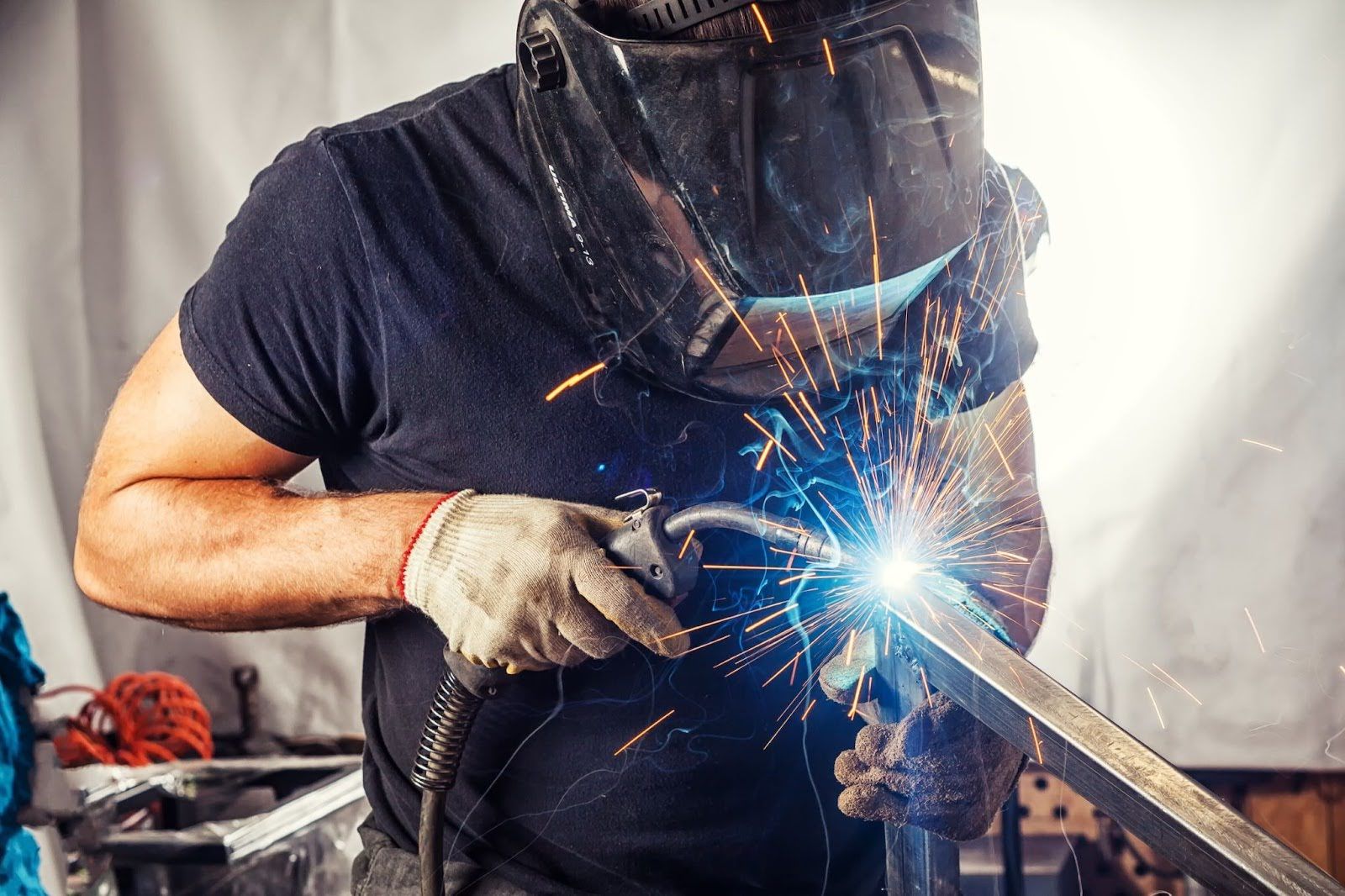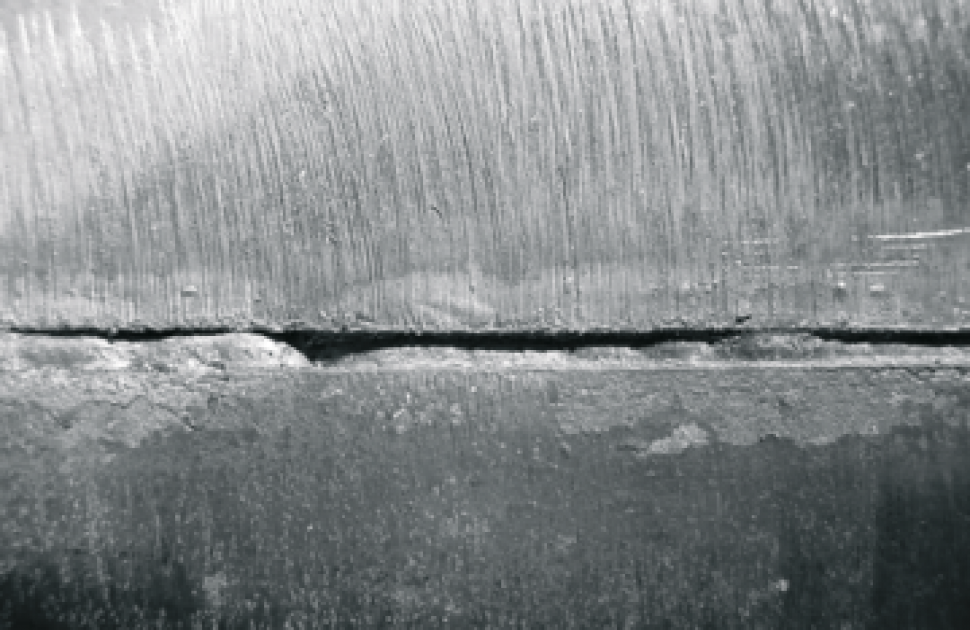Understanding the Art of Welding: How to Avoid Undercut Welding Issues for Flawless Fabrication Results
By recognizing the origin causes of undercut welding and implementing reliable strategies to avoid it, welders can raise their craft to new degrees of excellence. In the quest of perfect fabrication outcomes, understanding the art of welding to prevent undercut issues is not simply a skill but a need for those aiming for perfection in their job.
Comprehending Undercut Welding

To avoid undercut welding, welders need to guarantee correct welding specifications, such as readjusting the present, voltage, traveling speed, and keeping the correct electrode angle. In addition, using the proper welding technique for the certain joint arrangement is vital. Using weaving motions or backstepping strategies can aid guarantee correct weld metal deposition and reduce the probability of undercut development. Regular assessment of welds throughout and after the welding process is likewise critical to capture any undercut early and make essential adjustments to avoid additional flaws. Preventing weld undercut. By recognizing the causes of undercut welding and carrying out safety nets, welders can achieve top notch, structurally audio welds.
Root Causes Of Undercut in Welding
Comprehending the factors that contribute to undercut in welding is crucial for welders to produce top notch, structurally audio welds. Inadequate welding present or wrong welding speed can likewise add to damage. Understanding these causes and executing appropriate welding strategies can aid prevent undercutting problems, making sure durable and strong welds.
Techniques to avoid Undercutting

To minimize the threat of damaging in welding, welders can use strategic welding techniques targeted at enhancing the quality and integrity of the weld joints. One effective method is to adjust the welding parameters, such as voltage, current, and travel rate, to make certain correct warmth input and deposition. Keeping an ideal electrode angle and making certain regular travel rate can additionally aid stop undercut. Furthermore, utilizing the appropriate welding technique for the specific joint arrangement, such as weave or stringer grains, can add to decreasing undercutting. Preventing weld undercut.
Employing back-step welding strategies and regulating the weld bead account can likewise help distribute warmth evenly and decrease the risk of undercut. Routine inspection you can try here of the weld joint during and after welding, as well as applying quality assurance procedures, can assist in attending to and detecting undercutting problems immediately.
Importance of Proper Welding Parameters
Selecting and preserving proper welding specifications is essential for accomplishing effective welds with very little flaws. Welding specifications refer to variables such as voltage, current, travel speed, electrode angle, and shielding gas flow rate that directly affect the welding process. These specifications have to be carefully adjusted based on the kind of material being welded, its thickness, and the welding technique employed.
Proper welding parameters guarantee the ideal quantity of warm is put on melt the base metals and filler material uniformly. If the parameters are set too expensive, it can lead to excessive heat input, creating burn-through, distortion, or spatter. On the other hand, if the specifications are too low, insufficient blend, lack of penetration, or damaging might happen.
Quality Control in Welding Operations

Verdict
Finally, mastering the art of welding calls for a detailed understanding of undercut welding, its causes, and techniques to stop it. By making sure proper welding criteria and carrying out quality control methods, flawless construction results can be attained. It is important for welders to consistently pursue quality in their welding operations to stay clear of undercut problems and produce top notch welds.
Undercut welding, a common issue in welding processes, takes place when the weld metal does not properly fill up the groove and leaves a groove or depression along the welded joint.To protect against find undercut welding, welders must ensure appropriate welding criteria, such as changing the existing, voltage, travel speed, and preserving the correct electrode angle. Insufficient welding present or incorrect welding speed can likewise add to undercut.To alleviate the threat of undercutting in welding, welders can utilize critical welding techniques aimed at boosting the top quality and integrity of the weld joints.In final thought, understanding the art of welding requires an extensive understanding of undercut welding, its reasons, and techniques to prevent it.
Comments on “Specialist Approaches for Preventing Weld Undercut Effectively”